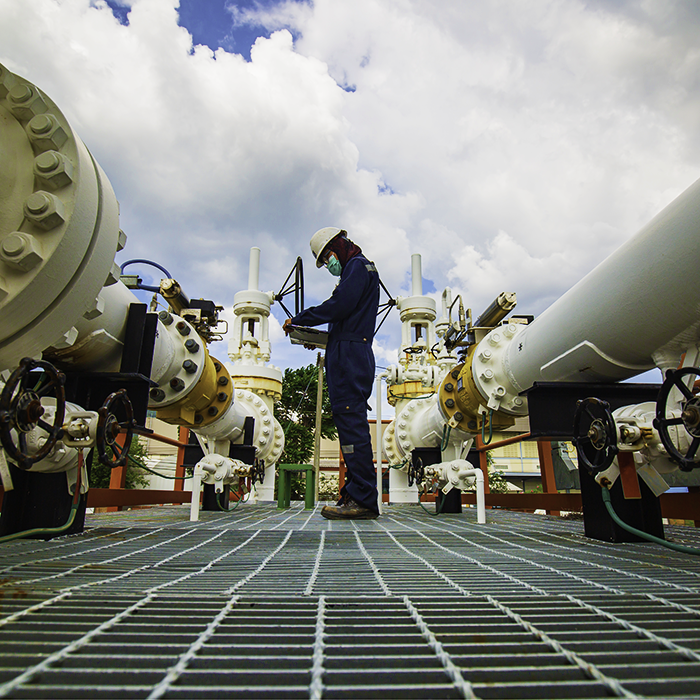Types of Water Cut Meters Used in the Oil and Gas Industry
The types of water cut meters used in the oil and gas industry differ in their capabilities. The most common models are those that measure water content in the range of 0-100%, and those that measure the amount of oil in produced waters. These meters are made to measure the difference in the dielectric constants of water and oil, K = 2.3 for oil, and K = 80 for a combination of the two. These meters typically have a larger sensing element, which can reach up to 15 inches in diameter for insertion probes and 30 inches for some inline spool systems. Their measurement techniques also allow for greater accuracy than many conventional instruments.
Water cut meters use electrical properties to determine the water content of hydrocarbons. They can also measure the amount of water in small amounts, which is useful for reducing the time required for complex lab tests and ensuring better productivity. Moreover, they can reduce the time spent by in-house engineers, enabling the company to better utilize its resources. Regardless of the type of meter you choose, you will have no trouble selecting the most appropriate one for your needs.
A water cut meter can make a huge difference in the bottom line and your bottom line. These advanced meters offer the most accurate readings and can help improve your bottom line by reducing water consumption. The Drexelbrook Universal IV Water Cut Meter has a large active area, allowing it to be more accurate. The EASZ-1 is also a high-quality model. It uses 316 stainless steel for durable and long-lasting construction.
The Red Eye 2G is an example of a water cut meter. Its precision is unmatched across a wide range of water cuts and is designed for real-world use. These meters are capable of operating in full three-phase streams and provide accurate results. For oil and gas applications, the Red Eye 2G Water Cut Meter is the best choice. You won’t find a more reliable and accurate meter than this one.
The Red Eye 2G water cut meter delivers unmatched accuracy in high and low water-cut levels. The NOC unit measures multiple wavelengths, including the oil and the condensate wavelengths. The sensitivity of the Red Eye 2G enables it to provide accurate results in production environments that can save a lot of money in the long run. In addition, the Redeye 2G has a low-cost price and is very affordable compared to high-end models.
A water-cut meter is used to monitor the water content in the oil and gas industry. It is generally used downstream from a two-phase test separator and can be combined with a total liquid flowmeter or a NOC. Another example of a water-cut meter is the Red Eye 2G. It offers accurate oil and/or water rates and is ideal for individual wells and groups of production and test lines.
A water-cut meter is usually used downstream of a two-phase test separator. It can be integrated with a total liquid flowmeter or a NOC. The Red Eye 2G water-cut metric is designed to monitor individual wells and group production lines. Its compact insertion style allows for easy installation and use. Its ability to measure both oil and water makes it a useful tool for the oil and gas industry.
Considering the cost of the water cut meter, the cost-effectiveness of the system should be weighed against the costs. For example, a water-cut meter can save up to $29 million a year in operations. During the forecast period, North America will continue to dominate the market due to its growing demand for oil and gas. However, the Middle East and Africa will follow North America in the number of users.



0 Comments